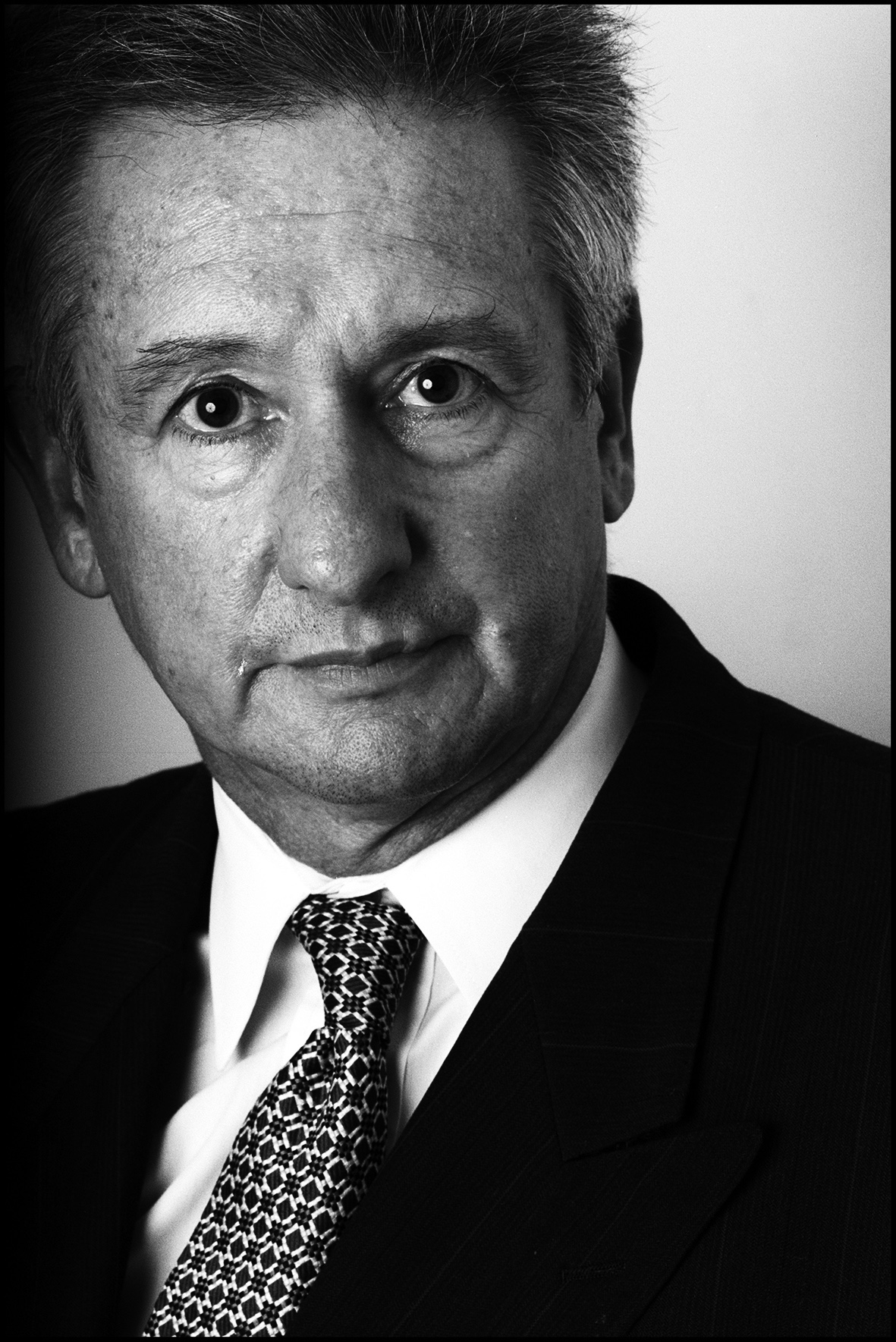DATA NEWS We love data!
Ying and yang on China trade
It’s hard not to come out and call for greater scrutiny and faster action on anti-dumping cases in light of the threatened closure of the Whyalla steel operations in South Australia.
At same time this news was breaking the AFR was reporting that China’s biggest steel producer Baosteel of Shanghai, which saw profits drop 83 per cent last year, was incredibly lifting production.
According to the AFR the secretary of its board, Zhu Kebing, said the company’s annual output would increase by 20 per cent to 27.1 million tonnes in 2016.
Obviously that extra 4.5 million tones isn’t going to find a home in the domestic economy which the Chinese government has been continually downgrading this year. It’s all headed onto the foreign market.
Just like the Saudis who decided not to curtail production despite a global oversupply in an attempt to close down higher-cost producers – the Chinese seem to have decided that it’s easier to squeeze foreign competitors in the global market than to take the politically riskier option of closing steel production and creating unemployment back home.
The only good news out of this is the Chinese might be buying a bit more Australian iron ore to put in those blast furnaces.
PS. That increase of 4.5 extra million tonnes, roughly equals all the steel produced in Australia last year.
WHERE CHINESE ARE SPENDING
At least the Chinese are still keen on investing in Australia.
According to the 2015 Foreign Investment Review Board annual report, Chinese investors are planning to spend $46.6 billion in Australia this year, nearly twice as much the amount pledged in 2014.
On these indications Chinese investors will continue to leap ahead of US investment, with pledged investments of $25 billion.
Real estate remains the main target for Chinese investment with plans to send a total of $24 billion.
However, the AFR points out that the trendline is changing. This year Chinese investors will also be spending up in agriculture, forestry and fishing and finance insurance sectors.
Chinese investors will spend nearly $2.5 billion in agriculture and $1.7 billion in financial assets. In 2014, those were numbers were $32 million and $51 million respectively.
RENTS UNDER PRESSURE
Despite some seasonal upward pressure on rents in Sydney and Melbourne the overall outlook for property investors is worrying
The latest data from to CoreLogic RP Data shows rents for houses slipping by 0.5 per cent and unit rents rising 1.5 per cent in the past year. The biggest increase in rental rates occurred in Melbourne, with an increase of 2 per cent, followed by Sydney (up 1.4 per cent), Canberra (up 1.2 per cent) and Hobart (up 0.3 per cent).
Cities that experienced a drop in rents included Darwin (down 11.5 per cent), Perth (down 8.4 per cent), Adelaide (down 1 per cent) and Brisbane (down 0.7 per cent).
With a large increase in capacity looming in Melbourne and Sydney, plus curtailment in bank lending to investors, static wage growth, and a curtailment in migration quarter-on-quarter, there doesn’t seem anyway the rental market can maintain growth.
INVESTOR LOANS STILL FALLING
Loans to investors fell for a sixth straight month in February as lenders responded to those regulator-driven demands to tighten credit.
New credit to investors for home construction, sale or rent stood at a seasonally adjusted $11.9 billion, 7.3 per cent down on the $12.8 billion-worth granted in the same month a year earlier.
AND MORE WORRIES
With the stock market going sideways and property looking shaky, (and the Federal Government threatening an early election) was it any wonder retail sales also tanked in February. Annual spending growth eased from 4 per cent to 3.3 per cent – the weakest annual growth in 2½ years.
EXECUTIONS ON THE RISE
Here’s a little data from Mother Goose magazine on something outside the economic mainstream: Global death penalty rates are skyrocketing.
According to the latest tallies from Amnesty International, at least 1634 people were put to death last year, a 54 per cent increase from the previous year. And that doesn’t include China which keeps such numbers secret.
The most deaths come from the Middle East: Iran, Pakistan, and Saudi Arabia accounted for nearly 90 percent of all executions in 2015. In the United States 28 prisoners were killed, its lowest annual number since 1991. While the totals are up overall, four more countries abolished the death penalty last year, which means that for the first time, more than half of all nations have legally abolished it.
ON A CHEERIER NOTE
Music streaming generated $US2.4 billion ($A3.15 billion) in US music sales last year, surpassing digital downloads as the recording industry’s single biggest source of revenue and propelling the business to its first year of growth since 2011.
The listening format contributed 34.3 per cent of sales, edging past digital downloads, which contributed 34 per cent, according to the Recording Industry Association of America. Overall sales climbed 0.9 per cent to $US7 billion with some observers predicting the music industry may be coming out of its slump.

